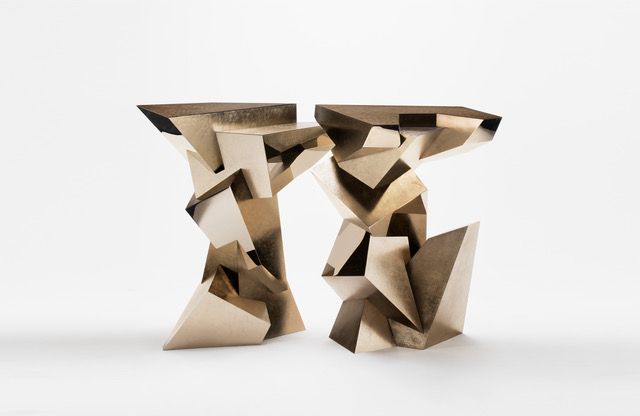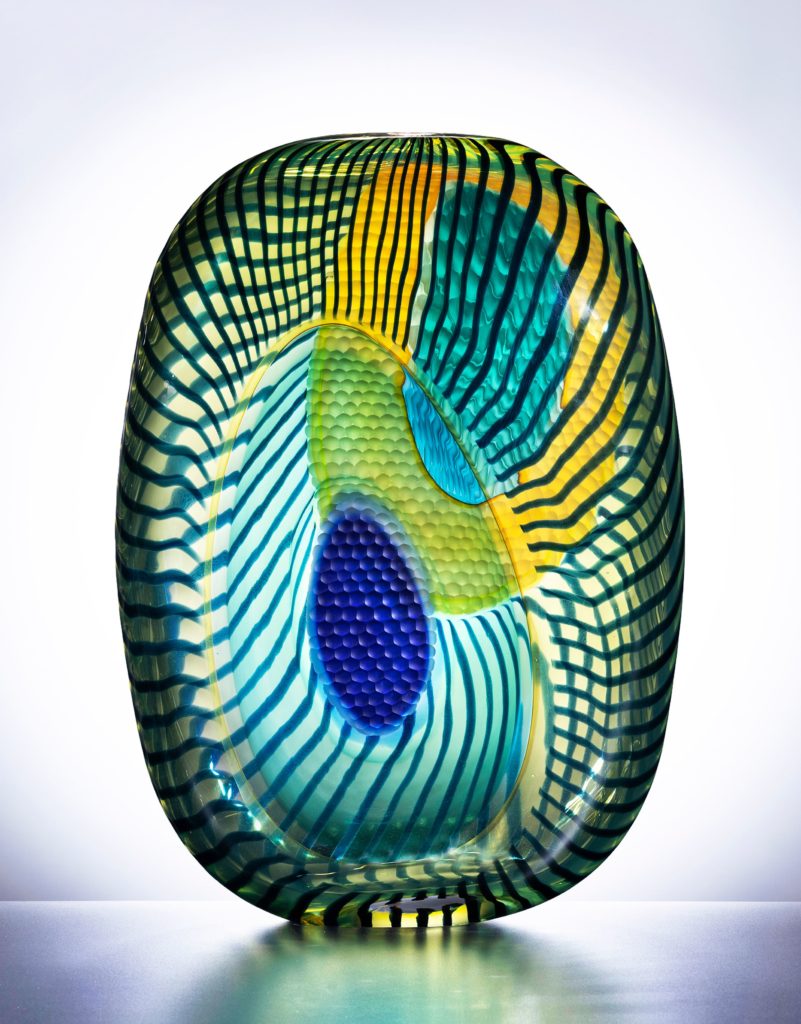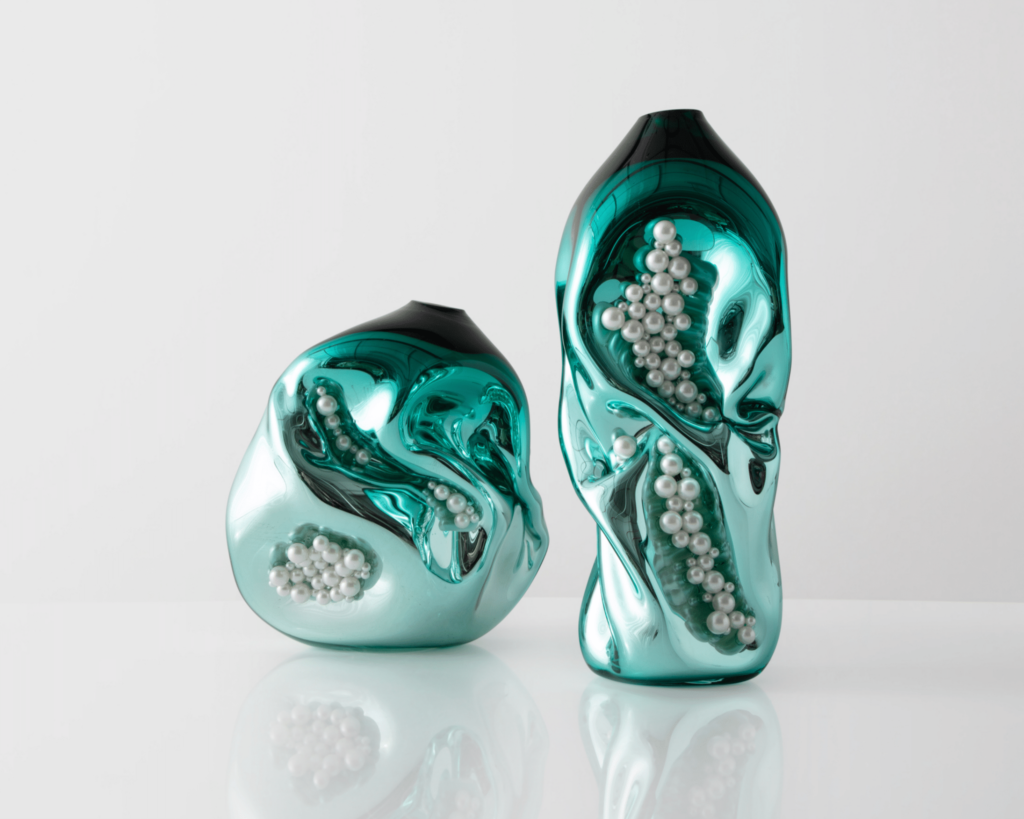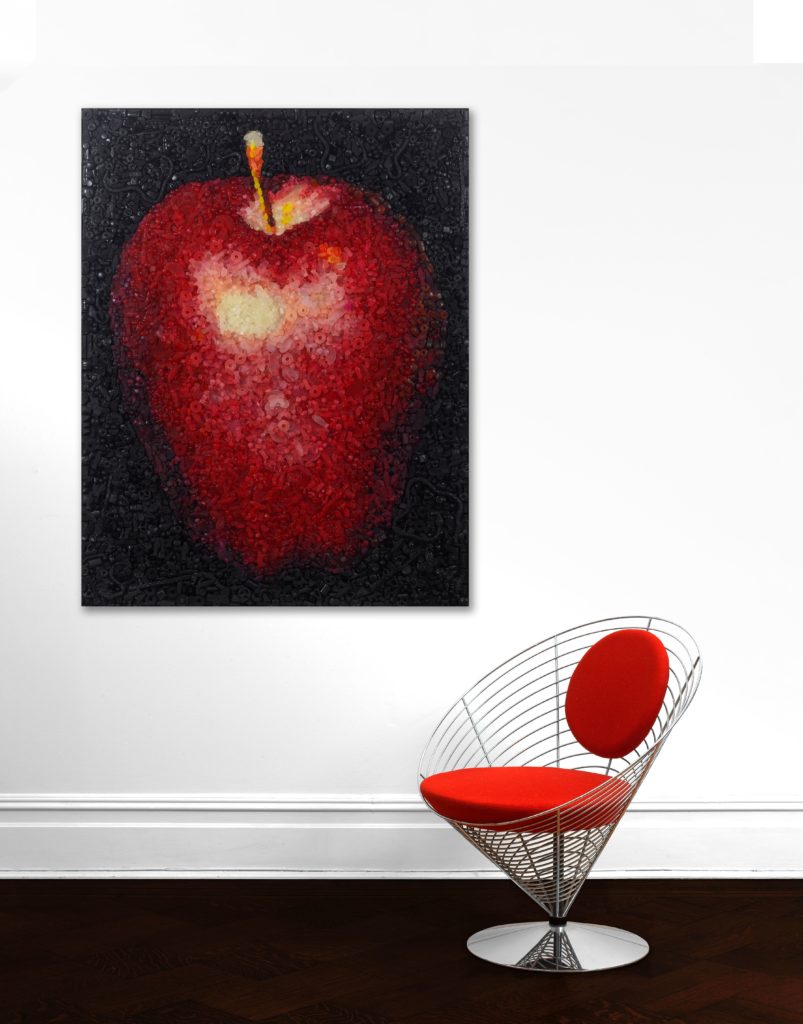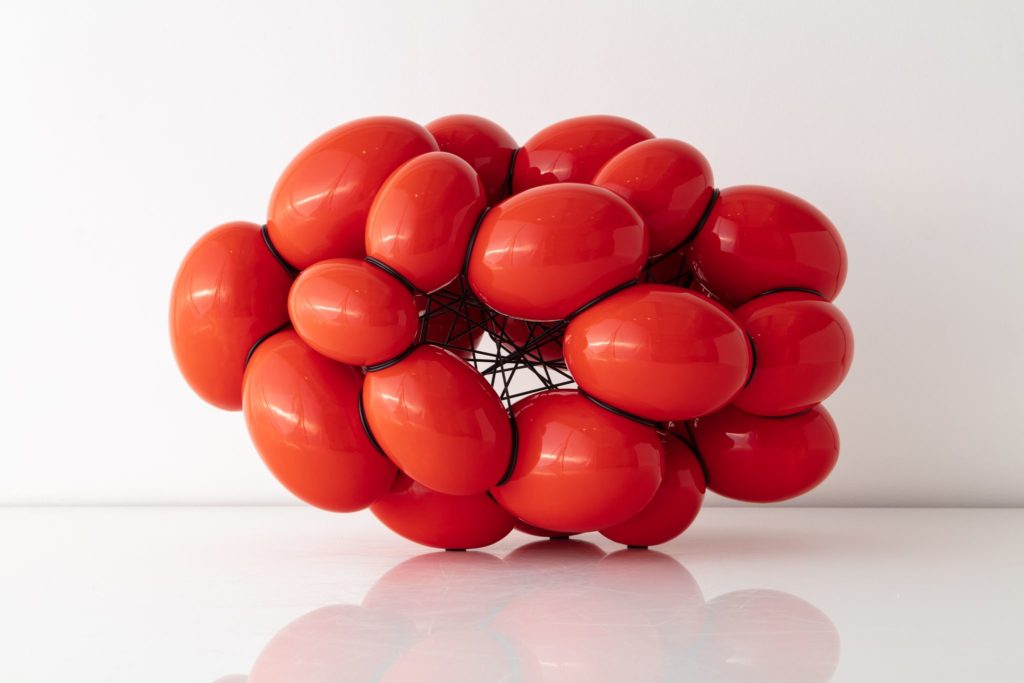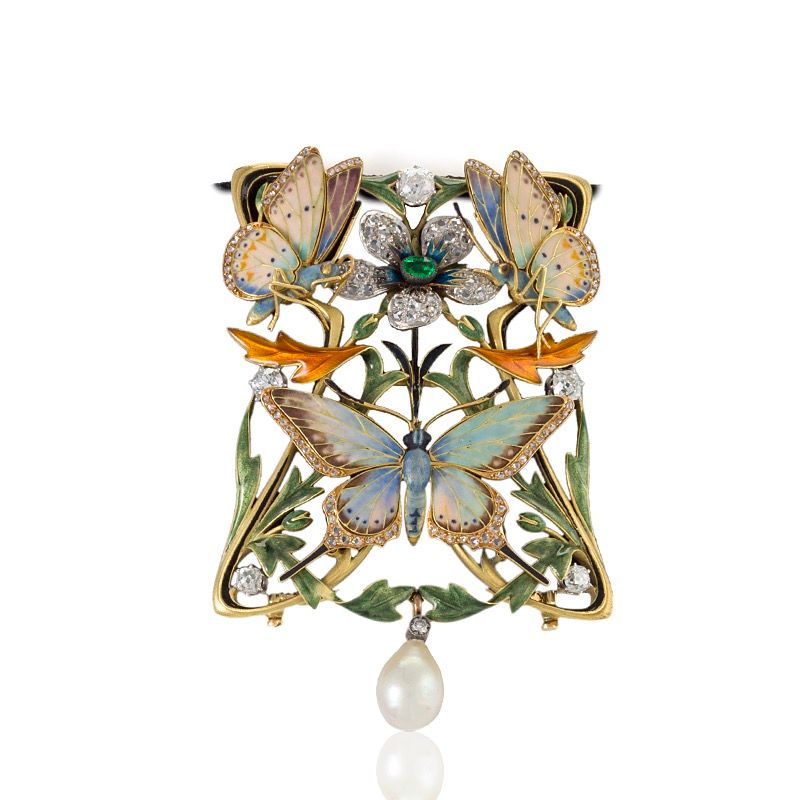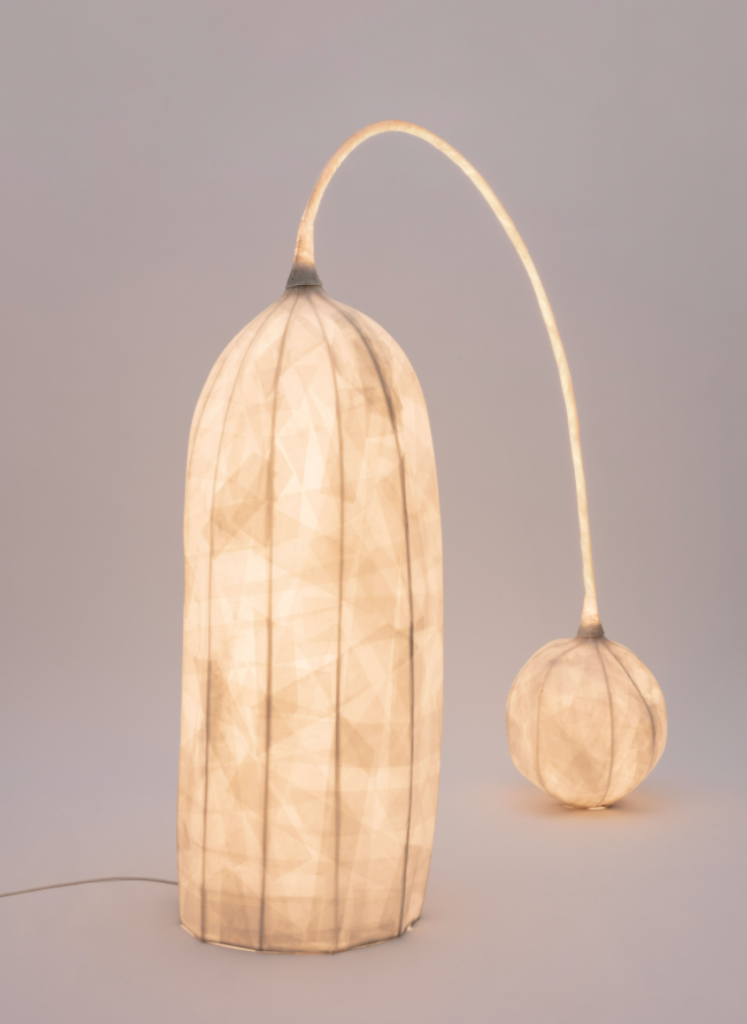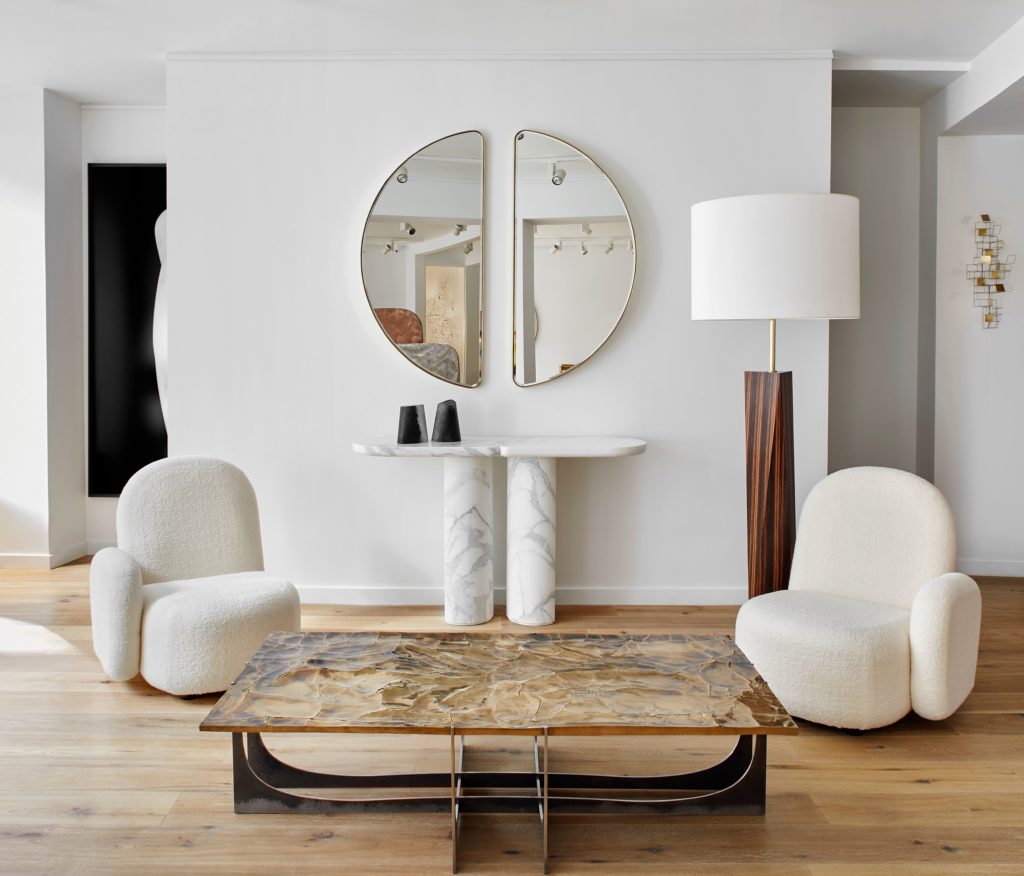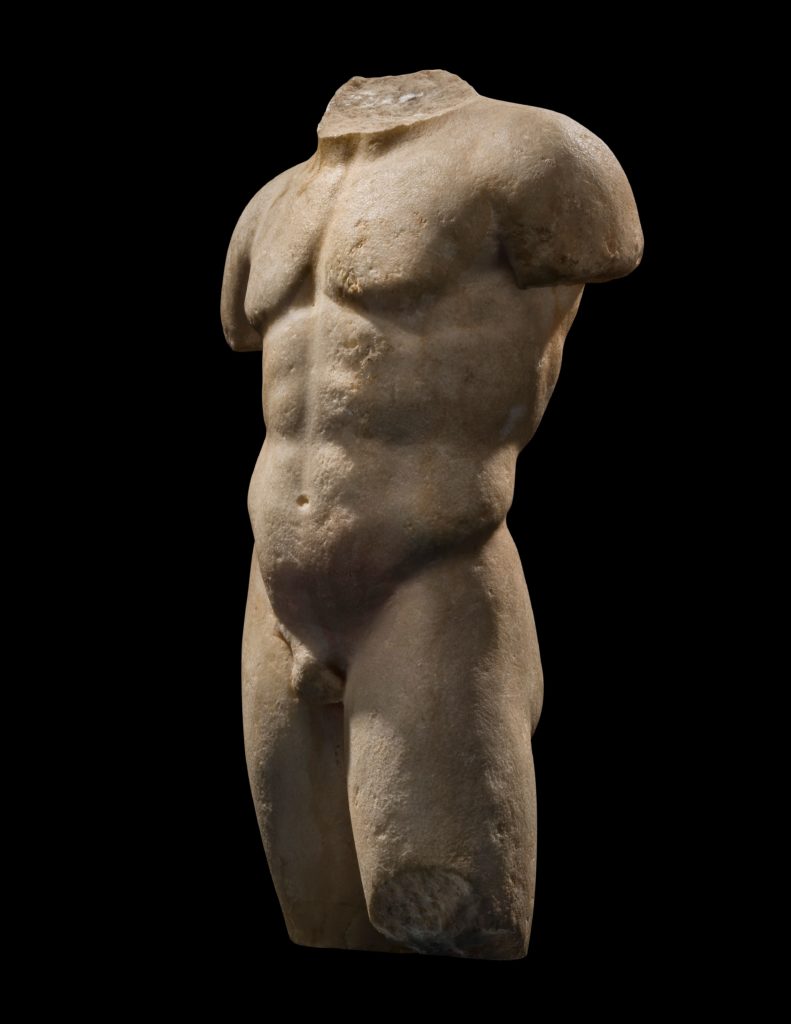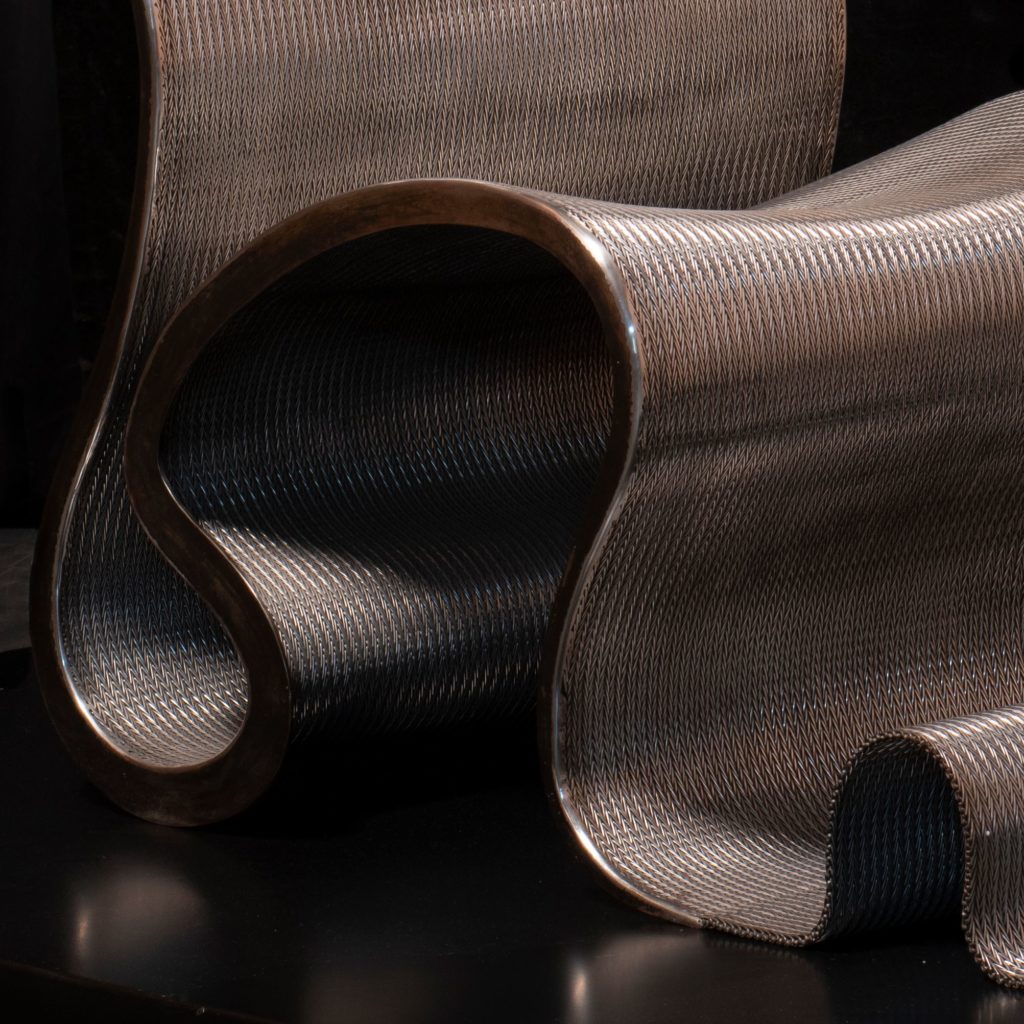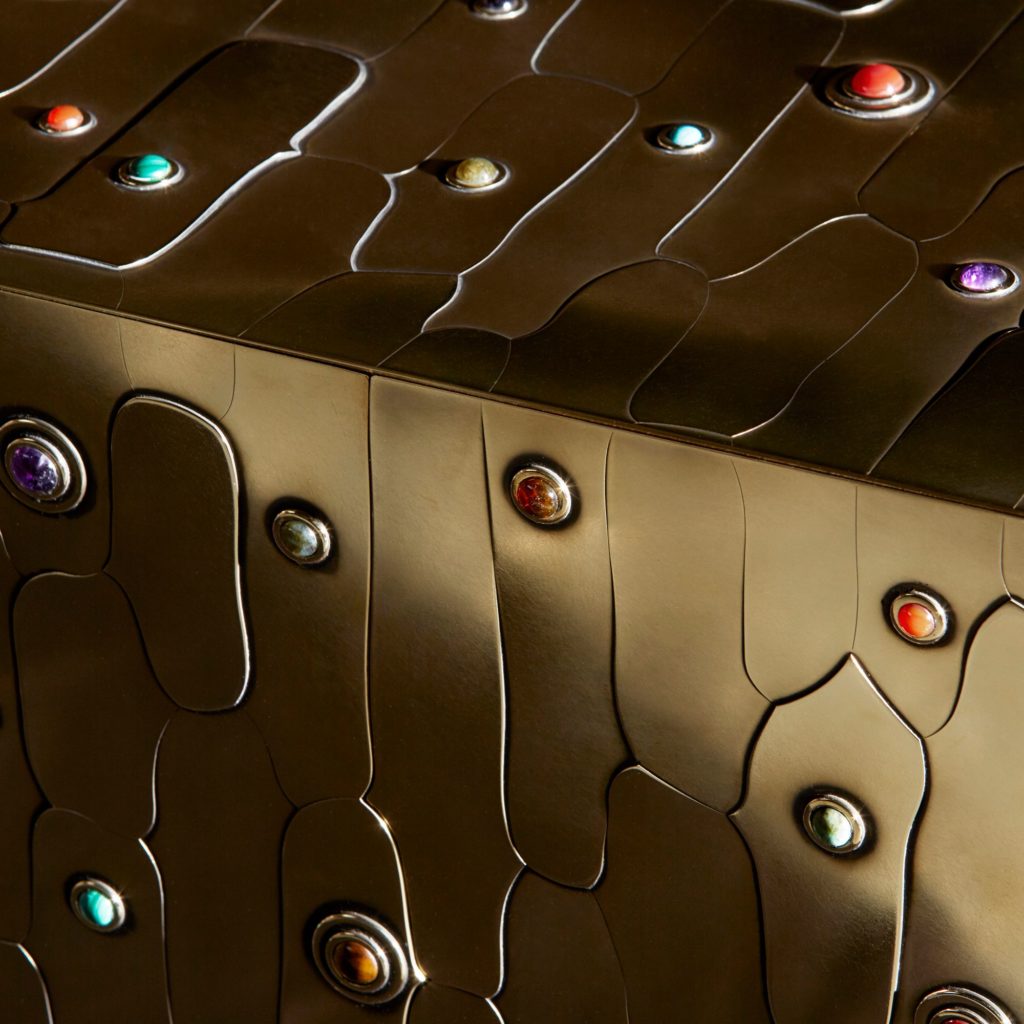Art is transformative, groundbreaking and seductive. Something as delicate as a drawing of a butterfly or imposing like large sculptural columns dripping in gold; historic as a tiny carved animal from ancient Greece or a glittering contemporary glasswork, art transports the viewer to a shared vision and moment in time with the creator, a glimpse inside the often inscrutable human mind. There we find beauty.
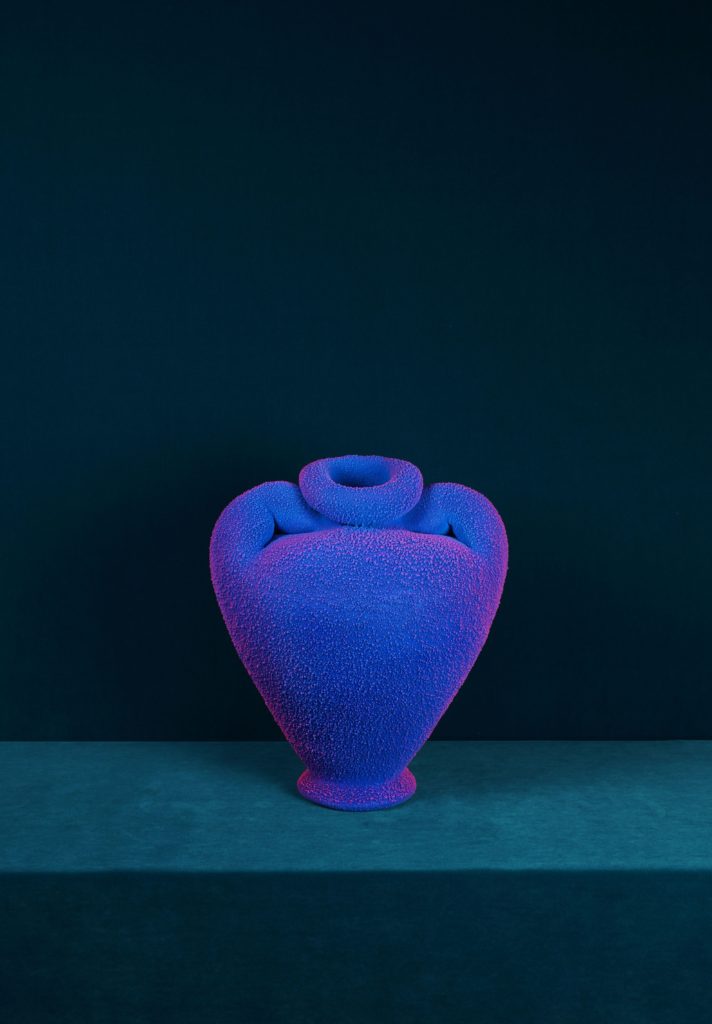
Once again New York City is privileged to host a veritable consortium of the most trained eyes in the art world during the annual Salon Art + Design. The premiere event showcases world renown galleries and designers all under the expansive roof of the Park Avenue Armory. A wonderland where museum quality ancient artifacts from Ariadne Galleries meets decadent high jewelry designs of Giampiero Bodino and the Spanish silversmiths of the remarkable Garrido Gallery are comfortable companions to the iconic palpitation inducing Ferrari brand. And, who, you may ask, magics all of this together? None other than a cornerstone of New York City’s art world, Jill Bokor.
Her extraordinary career path includes publishing at NEW YORK Magazine, Art +Auction and I.D. Magazine. She co-owned an art gallery in Massachusetts that successfully mixed 20th century blue chip works on paper and contemporary regional art with an extensive selection of fine contemporary jewelry. And, her work in the non-profit sector reads just as illustriously; The Children’s Defense Fund, serving first as the Director of Development for New York and later as Director of Development for the national organization. She was the Director of Major Gifts at City Harvest and Director of Development for the Citizens Committee for New York; a development consultant for the Children’s Museum of Manhattan and the Paper Bag Players; and has also served on the Board of Directors for the Bloomingdale School of Music.
We had the opportunity to chat with Ms. Bokor.
You have had a remarkable career. Why did you choose the arts to be a central focus in your life’s work?
In a funny way, I didn’t choose the arts, the arts chose me. When I was a child, we lived near the Met and the Guggenheim and my mother would take me to museums on rainy days. There always seemed to be hushed reverence about these places and they made me feel peaceful. When I got my first job in the arts, at Art + Auction Magazine in 1985, I had to pinch myself to believe that someone was actually paying me to spend my days in galleries looking at beautiful and rarified art and objects. It felt like it was in my DNA.
The Salon: Art + Design is the most highly anticipated art event of the year in New York City. How are you able to bring such a large collection of curated galleries from around the world together to make this possible?
Prior to COVID, I spent a lot of time traveling to look at galleries that might be a good fit for Salon. We started with a great group of galleries—many of them French and many of whom sold vintage works. As the show developed we decided to make it more international and, at our height, had galleries from 16 countries. We also decided to bring more contemporary work
to the fair. For exhibitors, having the Park Avenue Armory as our venue was a great draw and there’s always a waiting list for the fair. Everyone wants to go there.
Each year there are some new faces at the event. Which galleries or brands can we look forward to meeting this year?
We’re very excited to welcome two new galleries dealing in Asian material, Carole Davenport and Onishi gallery, both from New York, will be joining us. Carole Davenport specializes in a variety of classic Asian works, and Onishi in Japanese metal work and ceramics. We also look forward to welcoming Tambaran our first tribal arts gallery. It’s always fun to look
around the fair and figure out what periods or genres of design aren’t represented. Asian and tribal arts were a huge gap and we’re to happy to have them included in this year’s roster.
You often bring high jewelry designs to the event. Do you feel fine jewelry and fine art often intersect with collectors?
While art and design and high jewelry are purchased by the same collectors, we’ve always been a bit purist about not having jewelry on the floor of the fair. Instead, we’ve supported exhibitions by individual or groups of jewelers in the historic rooms at the front of the Armory.
However, this year, there will be some jewelry on the floor for the first time. While we haven’t invited any galleries that sell only jewelry, Ornamentum, Macklowe and Negropontes galleries will all feature jewelry in their booths in the larger context of design. Our special jewelry exhibition this year is Didier of London who will bring a curated exhibition of jewelry by artists and architects.
From 20th century to contemporary art, what constitutes ‘blue-chip’ art?
Blue chip art is modern or contemporary art that’s been made by artists who have become household names. Most likely, it has been proven at auction over time and generally brings large prices. In the design sphere it’s a little more complicated and nuanced. For example, Wendell Castle, Ettore Sottsos, and Frank Lloyd Wright obviously fall into that blue chip category, but there are living contemporary designers who are certainly considered extremely desirable by man. The Campana brothers come to mind as does Gaetano Pesce or Faye Toogood.
What advise would you give to someone who would like to begin curating an art collection?
I would tell anyone starting a collection to spend as much time as possible looking before they buy and to buy what they love. Markets shouldn’t enter into it. Though, of course, fine art commands huge prices, I would never tell anyone to consider resale value. They should buy the very best pieces they can afford and, above all, enjoy their acquisitions.
Do you have a favorite piece of art that you personally cherish?
I’m lucky enough to have quite a few pieces that I love. If there was one thing I would like to keep forever, it’s a painting by a Hungarian artist name Stefan Kurtan. Stefan made an incredible series of mid-century modern houses and you think you know what they are. In fact, none exists, they are all from Stefan’s imagination. I have one 6×8’ painting of a house that
looks like it’s in Palm Springs and is very Wrightian. It’s painted with gold leaf applied to the leaves of the trees against a silvery blue sky. The colors look like they came out of a medieval manuscript. It has pride of place in my living room.
You are also known for your supportive work for various children’s charities in New York. Do you feel that the arts and design should be a larger focus in children’s education?
This is a hard one. Most of my work with children has been advocacy and direct service addressing food insecurity and the foster system. However, I was lucky enough to have a consulting stint at the Children’s Museum of Manhattan which had all kinds of programs for kids of all economic backgrounds. Seeing their faces light up—especially in interactive exhibits—was an incredibly rewarding experience and then I remembered my own childhood and how well art served me when I was young.
TO PURCHASE TICKETS VISIT: The Salon NY

